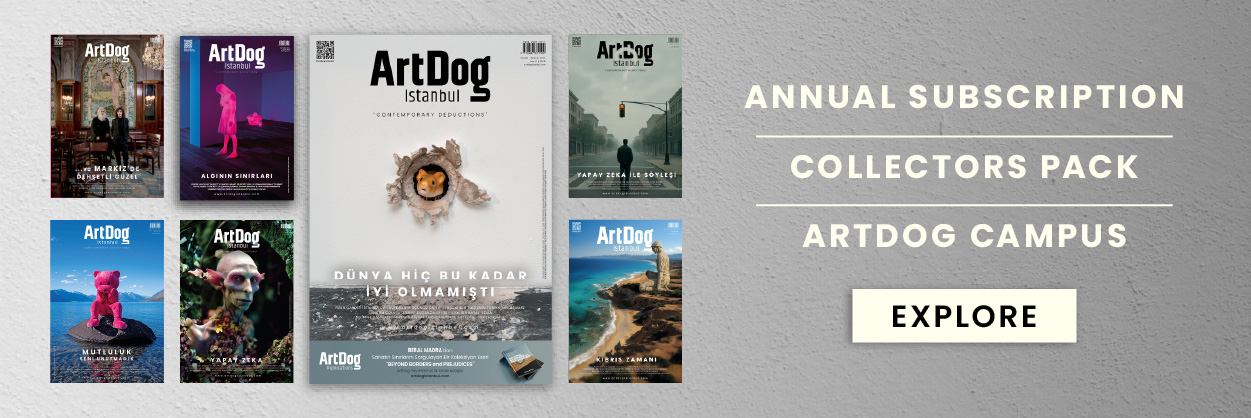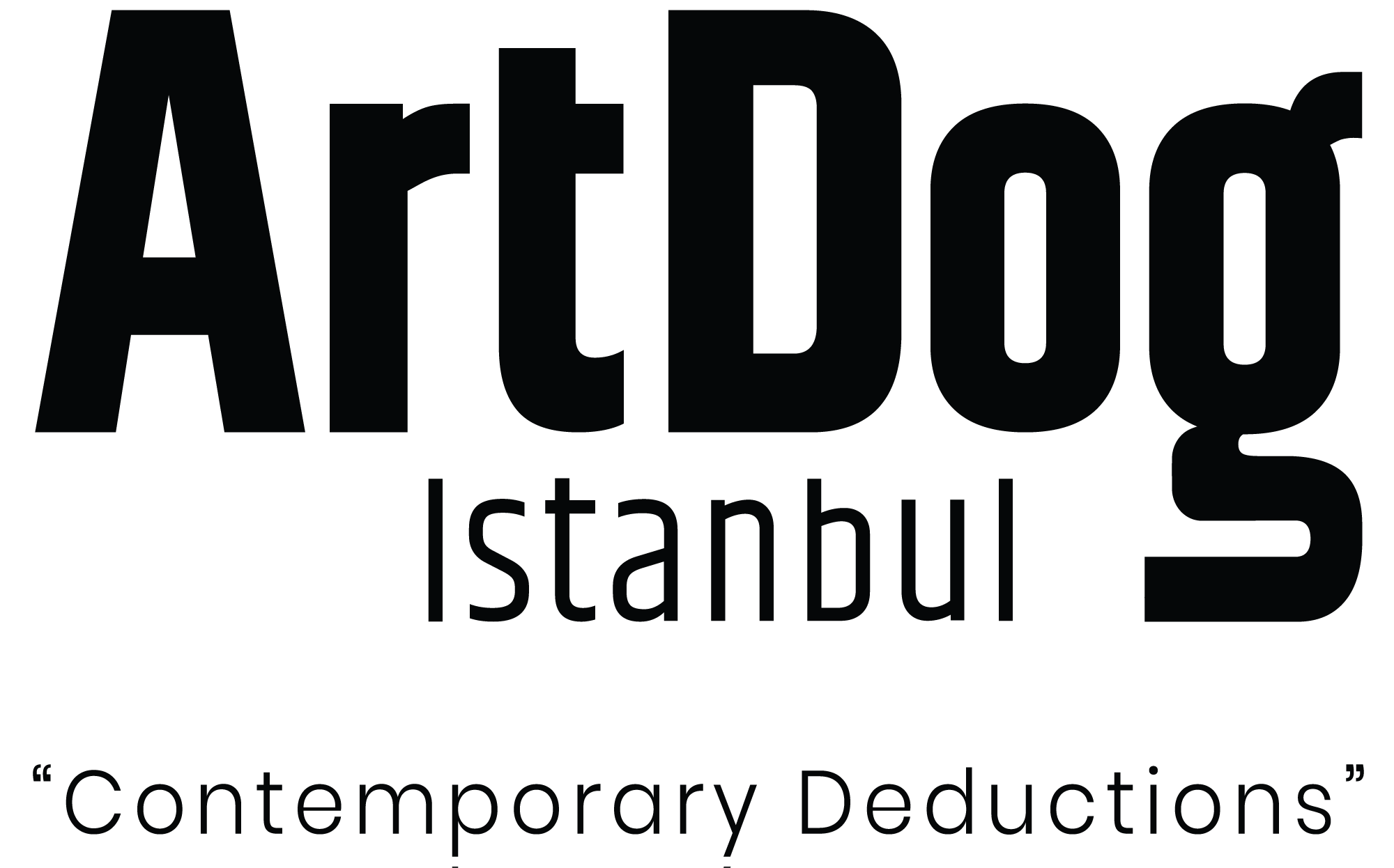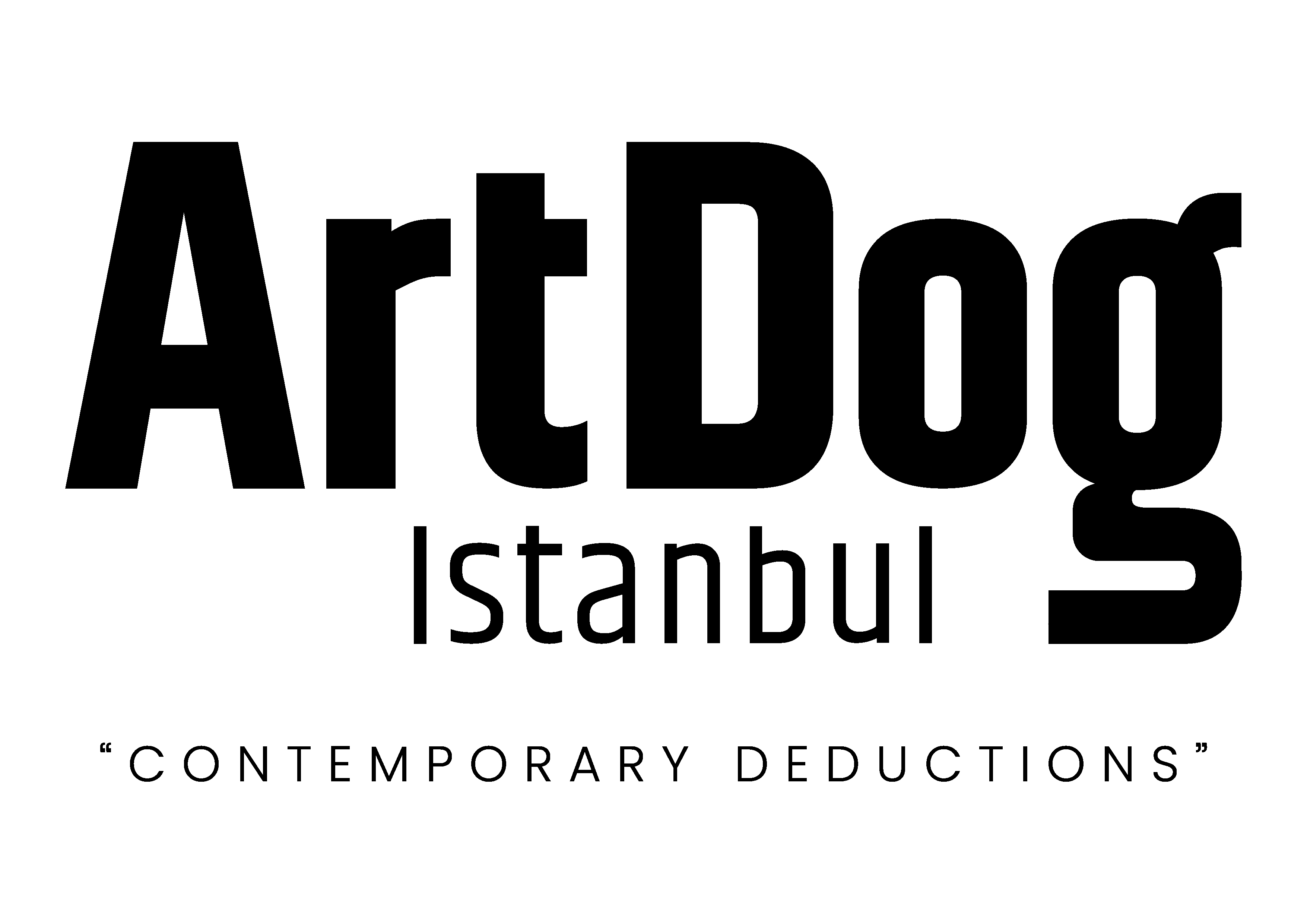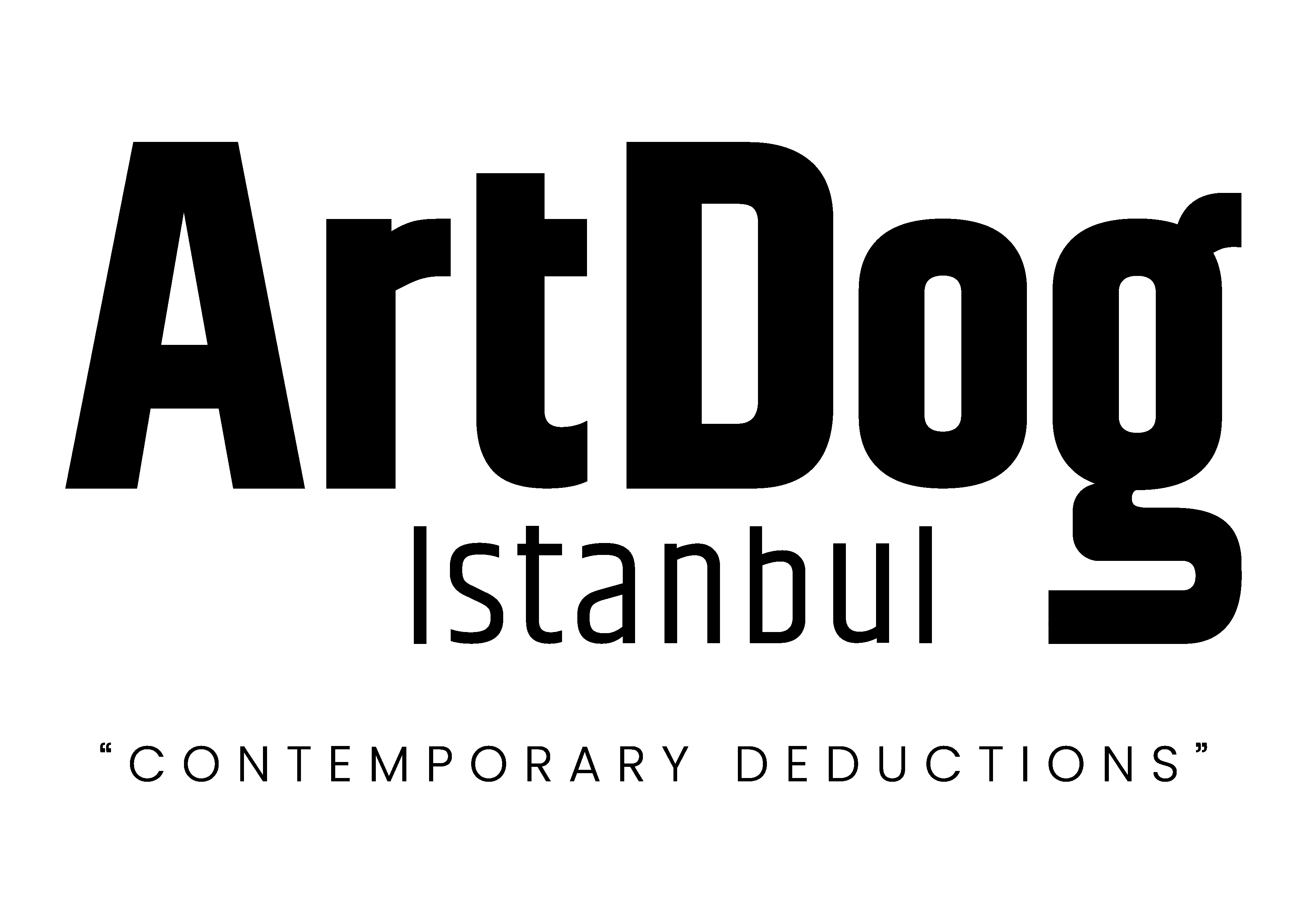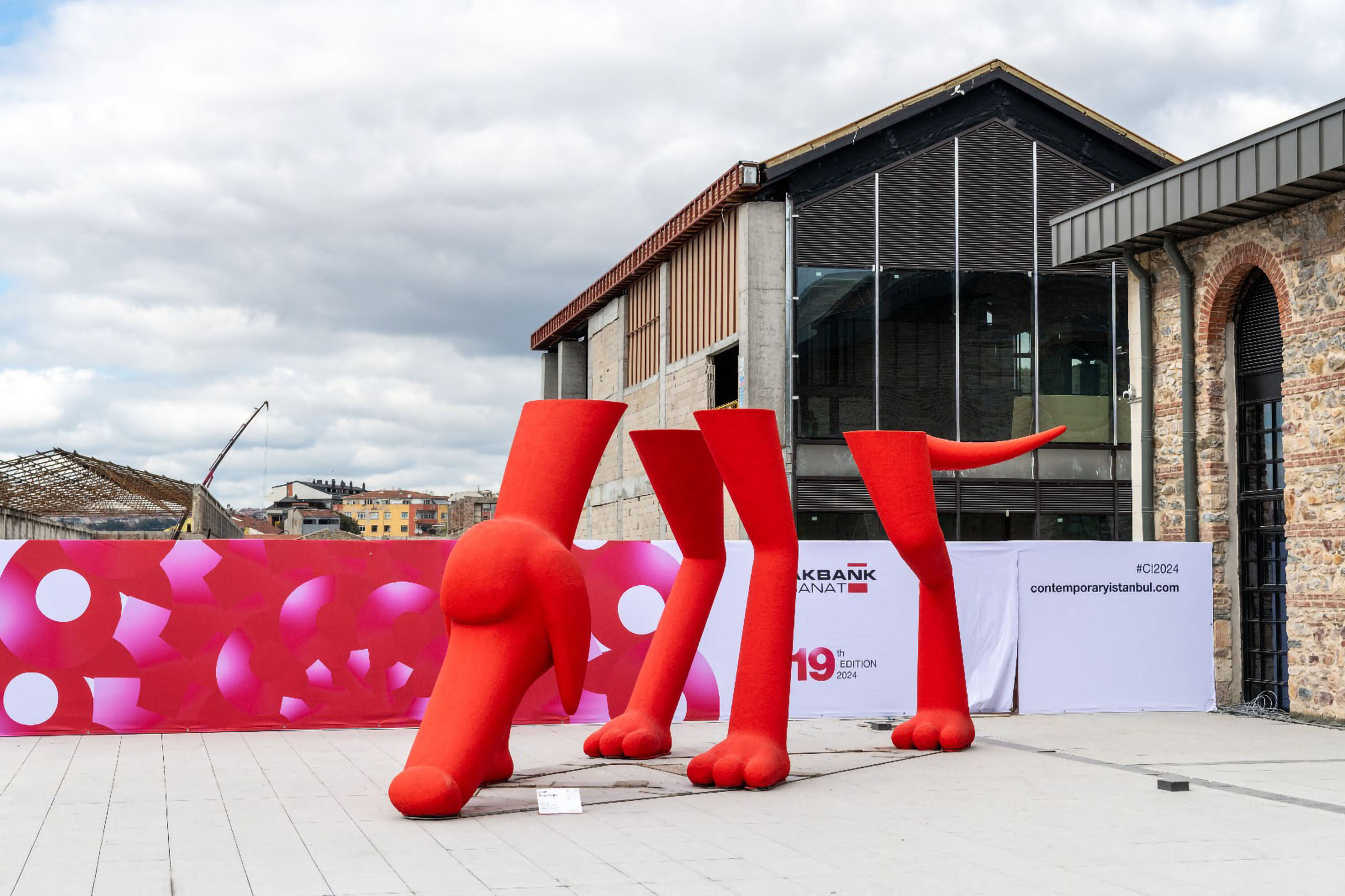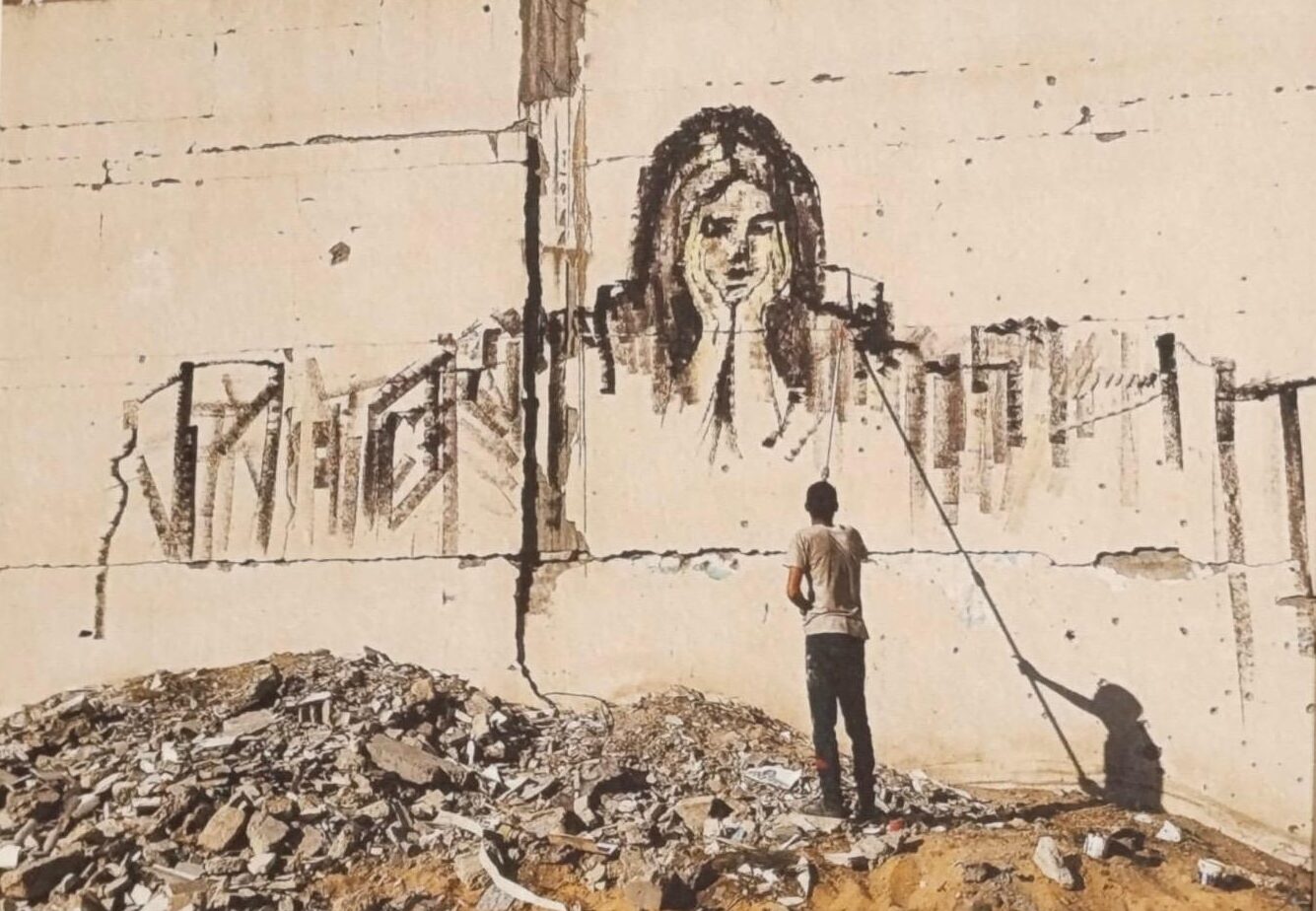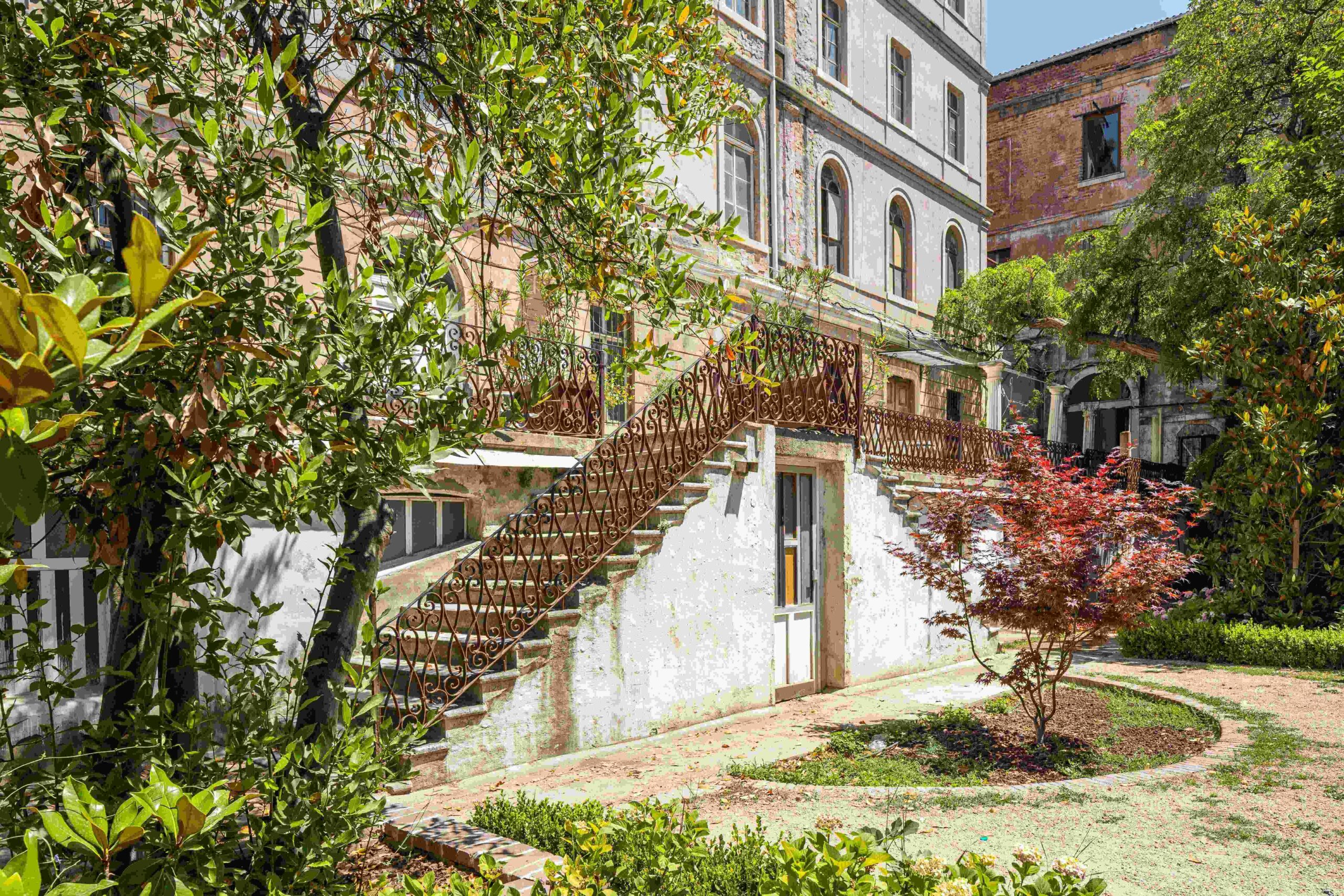In a 1964 article, philosopher and theorist Arthur C. Danto argued that the contemporary art system has a highly complex structure that serves as a precursor to its current form. This complexity refers to a method of defining a system made up of interconnected parts that are challenging to understand. Within this system, everything influences everything else, and nothing can be considered in isolation.
In a 2020 article titled “Philosophical Money: The Contemporary Art System as a Market and Cultural Actor,” authors Stefano Baia Curioni, Marta Equi Pierazzini, and Laura Forti describe the contemporary art system as elusive, resisting attempts to be defined in a single, straightforward manner.
Today, we recognize that the contemporary art system is a complex structure where evolving cultural characteristics coexist with various commercial practices. The art market acts as a multifaceted mechanism that encompasses financial, economic, educational, political, and social dimensions. This mechanism includes numerous factors and variables, with art fairs playing a prominent role. According to Stefano Baia Curioni, Marta Equi Pierazzini, and Laura Forti, while an art fair contributes to a city’s cultural development over 20 years, it also significantly influences economic values.
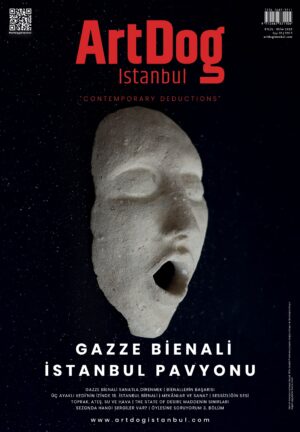
Issue 30 is Now Available!
Get it in both print and digital versions.
Turkish Edition
Contemporary Istanbul has recently celebrated its 20th anniversary and positions itself as a growth-oriented fair that reflects the city’s cultural landscape. What started as a dream has now become one of Istanbul’s significant cultural brands. Since its inception in 2006, CI has successfully navigated the complexities of the contemporary art system and has been a pioneer in implementing visible and impactful changes within this organizational structure.
The first five years of Contemporary Istanbul, from 2006 to 2011, marked a significant period in which the fair introduced Istanbul to the global contemporary art scene. Its aim was to establish Turkey as a center for international art dialogue. During this time, the ‘Artful Armenia’ project fostered cross-cultural interactions. As a result of the initiatives launched within the fair, Turkish contemporary art started to gain international recognition.
Between 2012 and 2014, Contemporary Istanbul aimed to establish Istanbul as a prominent brand and a center for art on the international stage. CI Board Chairman Ali Güreli and Vice Chair Rabia Bakıcı Güreli stated, “We have put in significant effort over the past 20 years to make Contemporary Istanbul known abroad. We collaborated with embassies, organized invitations and discussions… This has contributed to Istanbul being recognized as a brand. As Istanbul gained visibility, its art scene also received greater recognition. The connections we forged at these events, which included art talks and short-term exhibitions, offered important support to the city and its art community.”
However, Ali Güreli acknowledges that these efforts are still insufficient. He highlights that there is a lack of incentives, awareness, cooperation, and funding. He emphasizes the need for more financial resources to be directed toward art foundations and museums, similar to the approach taken in other countries.
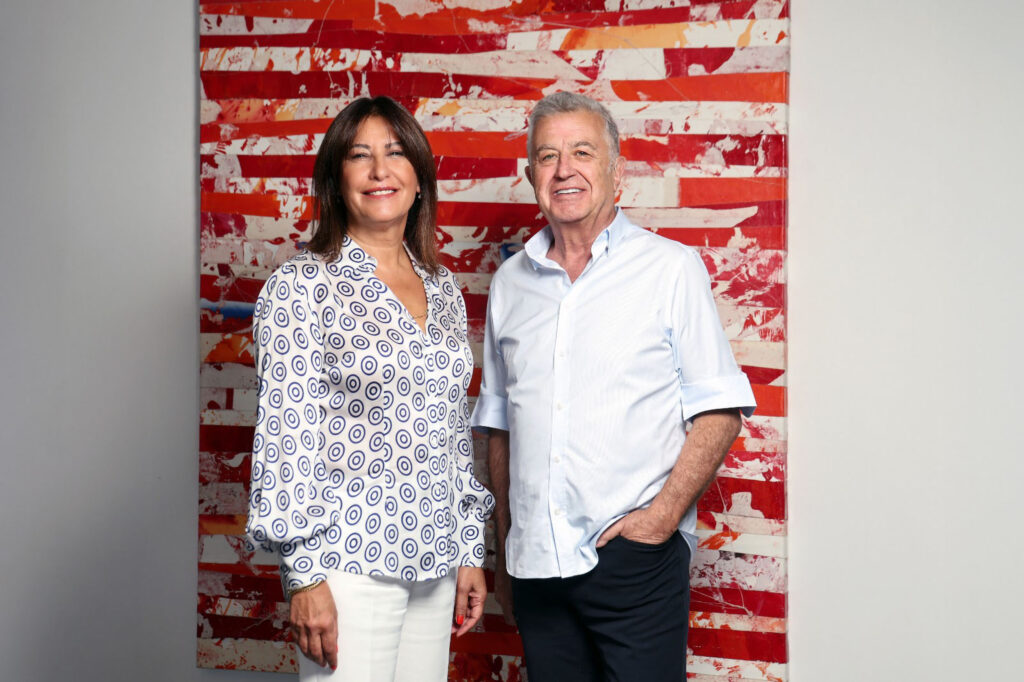
Rabia Güreli highlights the need for Istanbul to integrate into the international art scene and to engage more with global media, collectors, and museum collaborations. “In recent years, there have been significant changes in this regard. Each year, we welcome more international visitors. For example, the events held at Contemporary Istanbul between 2007 and 2014 are particularly noteworthy. During this period, the Encounters in Seoul project represented Turkey in Asia, and one of the key innovations of that time was the Plugin section, which showcased digital art at major art fairs,” says Güreli.
Additionally, artists visiting Turkey as part of Contemporary Istanbul, such as Hermann Nitsch with his live painting performance and Jeff Koons, who participated in discussions during the fair, are also significant.
The evolution of digital
The period from 2015 to 2020 signifies a time of transformation and diversification for CI. During this time, the fair establishes its presence not only in exhibition halls but also throughout the city’s parks, streets, and digital platforms.
In this context, the exhibition “Collectors’ Stories” showcases 60 private collections, and Şükran Moral’s performance takes place at the fair. The fair emphasizes the representation of art in public spaces, featuring notable sculpture exhibitions such as “The Fifth Element” and “Garden of Eden” in various public areas.
Amid the pandemic, the Virtual CI platform is launched, displaying 1,800 artworks online and attracting over 100,000 visitors.
Güreli reflects on these periods, stating, “We experienced economic crises and social problems like everyone else; the pandemic was one of these challenges. However, despite the circumstances, our commitment to hosting uninterrupted art events demonstrates our desire and effort.”
We believe in the significance of art within the public sphere. One of the main reasons we persist despite various challenges is the ongoing development of the art scene. This evolution, in turn, influences how art is valued both within the artistic community and in the wider public context. I have observed that collectors are becoming increasingly conscious of these changes, and we have achieved stability through collaborations with prominent brands. Additionally, Akbank’s continuous support has been crucial to us over the years.
According to Ali Güreli, art also plays a vital role in tourism today. He points out that tourism operators are incorporating artworks into hotels, seeking to differentiate themselves through their collections. For example, the Marmara Group has restored the Zeyrek Tiled Bath, a masterpiece by Mimar Sinan, that had been in disrepair for many years.
Post-pandemic and innovations
The post-pandemic period reveals the current needs of the art system. In response, Contemporary Istanbul (CI) is expanding its offerings with the introduction of CI Bloom.
Our goal in organizing CI Bloom is to energize the art market and support non-profit organizations. Over the past five years, we have witnessed its growth and differentiation in this sector, particularly its ability to reach a wider audience. Bloom has established itself as the youthful fair of Contemporary Istanbul, bringing dynamism to Turkey’s contemporary art scene and introducing a fresh perspective internationally. Furthermore, we see that with each new edition, the fair is gradually progressing towards its goals, says Rabia Güreli.
During this period, CI is taking place at Tersane Istanbul, where the exhibition presentation techniques, architecture, and overall visual identity of the fair are undergoing significant changes. Simultaneously, the CI Foundation is showcasing Tomokazu Matsuyama’s “Mythologiques” project as a side event at the Venice Biennale.
Given these developments and innovations, Contemporary Istanbul has evolved into more than just a fair; it has become a brand that embodies Istanbul’s cultural identity on a global scale, according to Güreli.
CI in its 20th year
This year, the Focus America program, created especially for its 20th anniversary, highlights the contemporary art scene in America. It also examines the relationship between New York’s influence and the global art world as well as visual culture.
Participating galleries include Amanita, Revolver Galería, Pontone/Friedrichs Pontone, Leila Heller Gallery, and Heft Gallery, each showcasing its unique curatorial perspective. Amanita features works by Bill Jensen, a leading figure in American abstract art, whose pieces are part of the permanent collections at the Whitney Museum, MoMA, and the Met.
In addition, the CIF Dialogues program stands out with its theme, “Scattered Coordinates: Istanbul and the Changing Art Landscape.” This program includes prominent speakers such as Jennifer Stockman from the Guggenheim Museum, Anne Pasternak from the Brooklyn Museum, and Ahu Antmen from the Sabancı Museum. The panel will discuss topics such as digital art, collector practices, architecture, cultural memory, and the artistic and social needs of cities. In the second panel, Marina Abramović will be interviewed online by Stefanie de Regel, the director of TAEX.
In its 20th year, CI will exhibit PASSAGE & MARITIME, a site-specific light installation by New York-based Peruvian-American artist Grimanesa Amorós, Amorós’ Passage work, known for her large-scale sculptures using LED technology, is located in the passage hall of Çinili Han, which serves as the clock tower and lobby of The Peninsula Hotel. Amorós’ work is located in a place that is important as a place of transition and change in Istanbul.
In commemoration of the 50th anniversary of the BMW Art Car Collection, two iconic vehicles, Alexander Calder’s 1975 Art Car and Julie Mehretu’s latest work, are being exhibited together for the first time in Turkey.
The Sigg Art Foundation is exhibiting new works selected from founder Pierre Sigg’s collection, which lie at the intersection of painting and digital culture. These artists include Korakrit Arunanondchai, Nancy Burson, Meriem Bennani, Neil Beloufa, Louisa Gagliardi, and Austin Lee, with special selections from Charles Ross and Jean-Baptiste Vanmour.

